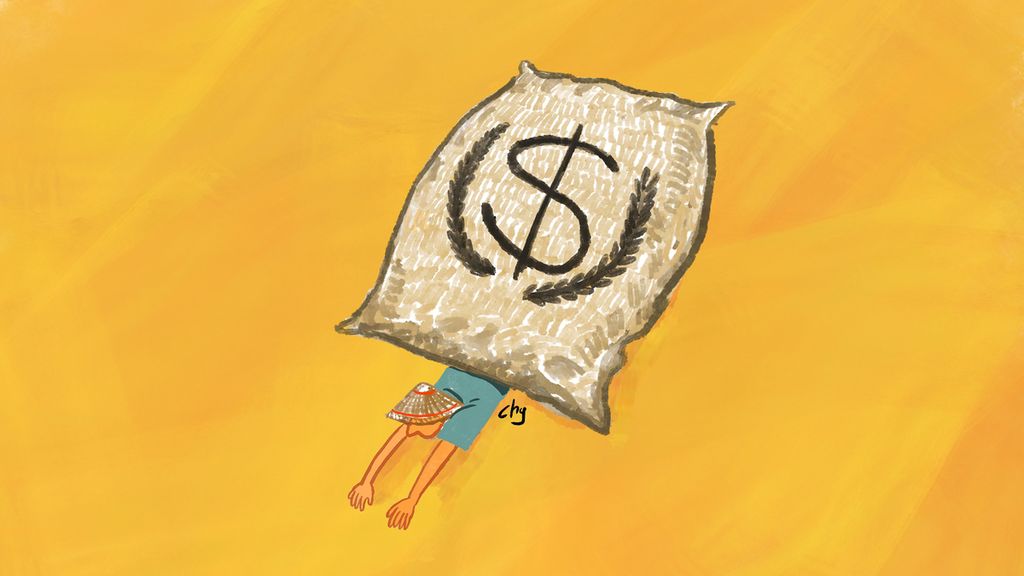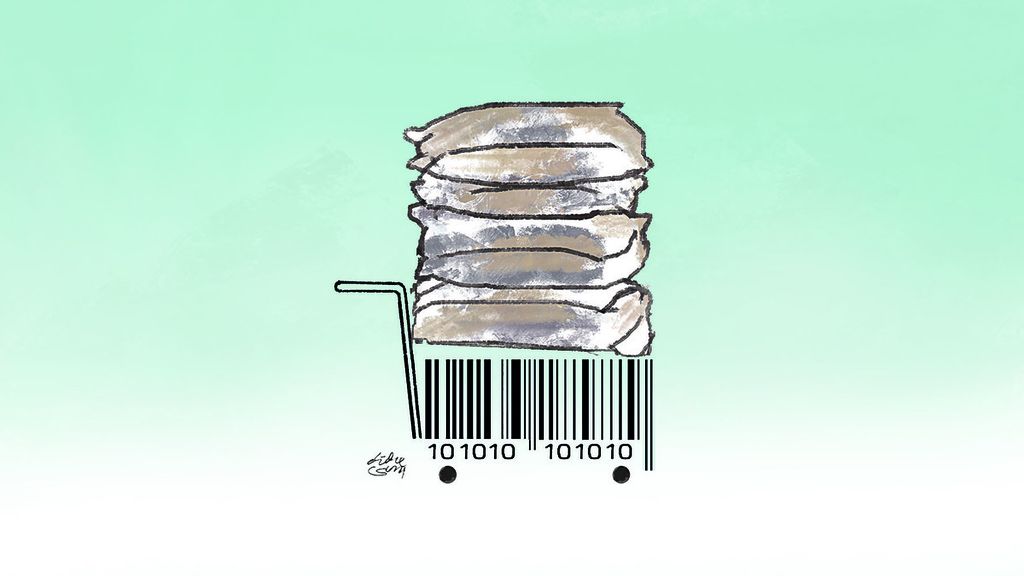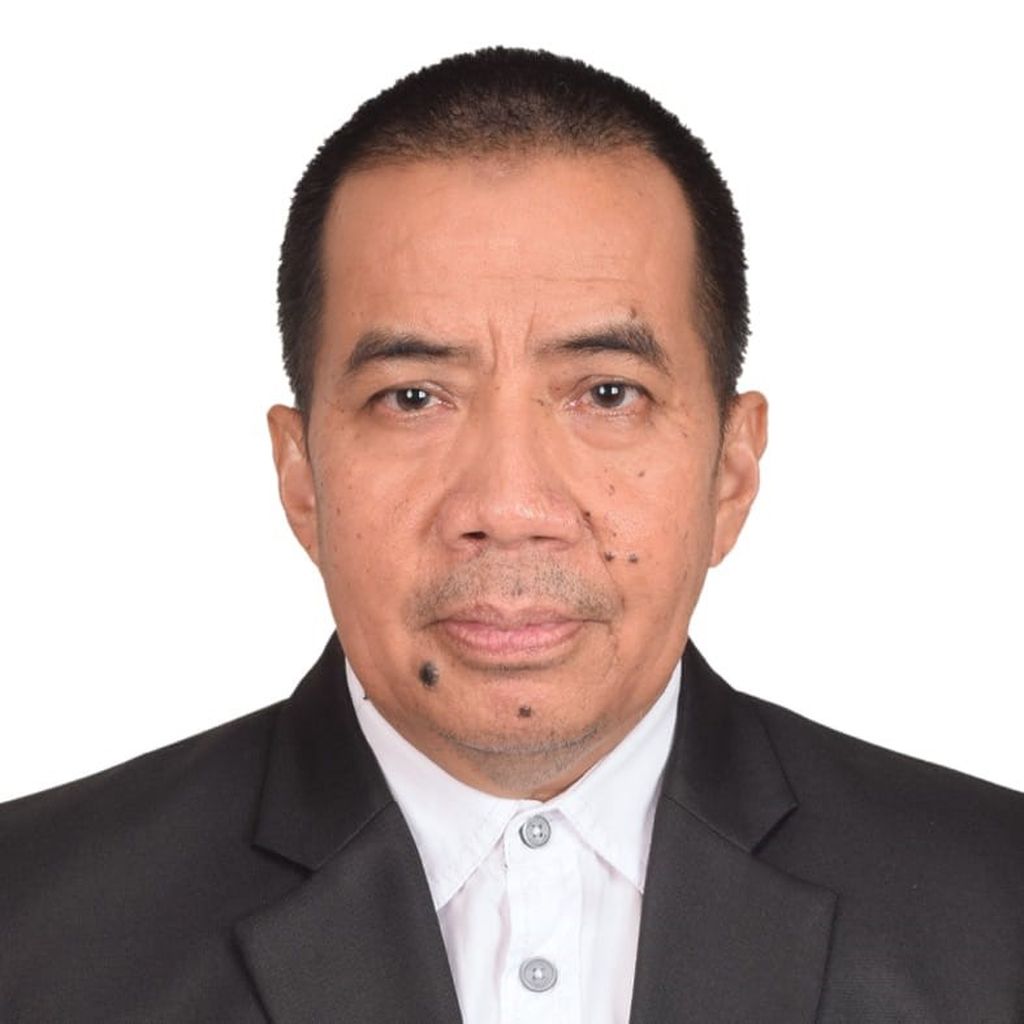‘Fix and Repair’ Rice Policy
The government needs to continue to creatively develop balanced policies to suppress inflation and protect consumers, as well as policies that provide incentives for farmers in production activities.

The debates over the rice-import policy heated up again at the end of 2022.
The debate still revolves around an old issue, namely the issue of the accuracy of production and stock data, even though Presidential Regulation No. 32/2022 concerning Commodity Balances, as an implementing regulation for the Job Creation Law in the trade sector, has accommodated the harmonization of commodity data on rice, salt, sugar, beef and fishery products by 2022.
This situation also shows that various existing policies have so far failed to address the main problems in rice, especially in production activities.
If we map the national-production data, with reference to data published by the Statistics Indonesia (BPS), over the past 30 years (1993-2021), there have not been many significant changes. Java, which covers only about 7 percent of Indonesia's area, is still the largest contributor to rice production, namely 58.79 percent and 56.4 percent in 1993 and 2021.
Rice-related programs could be considered as to continuing what has been initiated since the colonial era.
Efforts to develop production centers outside Java have only been successful in South Sumatra, through the development of tidal land. South Sumatra's contribution to national-rice production has increased from 2.93 percent in 1993 to 4.69 percent in 2021.
Also read:
> Systemic Destruction of Rice Sovereignty
> Strange, Food Data is Problematic
Kalimantan’s contribution to national rice production, which has become a location for the opening of new rice fields, through various programs, has actually decreased from 5.15 percent in 1993 to 4.38 percent in 2021.
Judging from the average land cultivated by farmers, based on the results of the Inter-census Agricultural Survey or SUTAS (BPS 2018), out of 13.1 million rice farming households, around 9.8 million or 75 percent own less than 0. 5 hectares (ha). For Java, the situation is even more concerning; of the 7.99 million rice-farming households, around 6.88 million or 86 percent own less than 0.5 ha of land.
What can rice farmers gain from cultivating less than 0.5 ha of land? The results of the Survey on the Structure of Rice Business Costs (BPS, 2017) show that every hectare of rice plants cultivated for four months generates a net income of around Rp 4.95 million (US$317.95), or Rp 1.24 million per month. For farmers who cultivate half a hectare of land or less, the maximum amount they receive each month is only around Rp 600,000.

High production cost
One of the discussions that is developing, along with the current import policy controversy, is the high price of our rice compared to prices in several other ASEAN countries.
Quoting the World Bank report, "Indonesia Trade for Growth and Economic Transformation" in the Indonesia Economic Prospect (IEP) in December 2022, the rice prices in Indonesia are 28 percent higher than those in the Philippines and more than double those in Vietnam, Cambodia, Myanmar and Thailand. According to the World Bank, it is due to price and trade policies in the country.
Another part of the World Bank report states that the high price of rice is also caused by a lack of long-term investment in agricultural research, extension service and development of agricultural human resources. This condition causes low farming productivity and high farming costs.
At a practical level, there have been no new breakthroughs in the form of technology packages as an effort to spur increased rice productivity on a large scale.
The latest rice technology package launched by the Agriculture Ministry is Jajar Legowo Super or Jarwo Super, namely the implementation of Jajar Legowo 2:1, which is accompanied by the introduction of new superior-variety seeds, the use of bio-decomposers and biological fertilizers, controlling plant-disturbing organisms and the use of farming tools and machines. Correctional-technology package has not been implemented optimally and does not continue.
Also read:
> Rice Imports and Government Stocks
> World Food and Indonesia 2023
In line with World Bank reports and the absence of new breakthroughs over the past five years, BPS data (2021) show that during 2015-2020 there was a decline in rice productivity nationally at a rate of 0.814 per year.
Regarding the cost of farming, data from the Survey of Rice Business Cost Structure (BPS, 2017) show that to produce every kilogram of rice grain (rough rice or paddy) produced by Indonesian farmers, it costs about Rp 2,925 (US$0.19). This amount is higher than that spent by Vietnamese, Thai and Indian farmers.
According to data from the International Rice Research Institute (IRRI) for 2016, the cost of production per kilogram of rice in Vietnam is Rp 1,679, while in Thailand and India, the cost is Rp 2,291, and Rp 2,306, respectively. The biggest cost components of rice farming in Indonesia are wages for labor and land rent, which account for 48.8 percent and 25.6 percent, respectively.

Partnership policy
In the future, there is a need for a comprehensive policy on rice, which requires support from all relevant parties at the central and regional levels. The policy is related to the existence of paddy fields, increasing production productivity and efficiency, as well as efforts to balance the interests of rice producers and consumers.
Efforts to maintain the existence of paddy fields, especially in Java, as well as the expansion of land outside Java, should be the government’s priorities amid the massive conversion of paddy fields. This effort requires the collaboration of many parties, with the main spearhead of the local government at the district level.
The five-year government cycle in the regions, if not fortified with a number of attractive regulations to maintain paddy fields, will actually position them as the main predators of the existing paddy fields. The weak implementation of Law No. 41/2009 concerning Protection of Sustainable Food Agricultural Land and its derivative regulations is one of the reasons for this.
Also read:
> Questioning Rice Import Plan
Providing incentives for local governments that are successful in maintaining paddy fields is a necessary approach at this time. The incentive, for example, is that regional governments, especially in Java, which have succeeded in maintaining paddy fields, receive a larger allocation of development funds.
Meanwhile, for areas outside Java, which have succeeded in expanding their paddy fields, and increasing the average farmer's land tenure, they will receive an attractive allocation of special funds.
The above efforts require support from the second policy, namely to increase the productivity and efficiency of rice farming. Integrated technological support from soil processing to post-harvest, through the development of appropriate mechanization, is expected to reduce labor costs.
The government needs to continue to creatively develop balanced policies to suppress inflation and protect consumers, as well as policies that provide incentives for farmers in production activities.
On the other hand, reformulation of the land-lease policy is needed to encourage the intensity of land use. Together with that, the reuse of rice by-products into valuable products, is attempted to increase farmers' income.
Lastly, the government needs to continue to creatively develop balanced policies to suppress inflation and protect consumers, as well as policies that provide incentives for farmers in production activities. Various government interventions in the form of subsidies and various other fiscal policies could be implemented.
The three steps above will guide the development of sustainable rice, benefiting farmers, but not burdening consumers.

Erizal Jamal Dt Tumangguang
Erizal Jamal Dt Tumangguang, professor of Research at the National Research and Innovation Agency (BRIN) and the chairman of the Indonesian Society of Agricultural Economics (PERHEPI).
This article was translated by Hendarsyah Tarmizi.